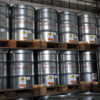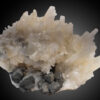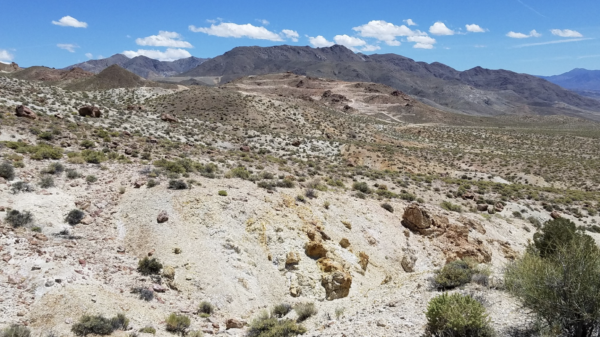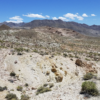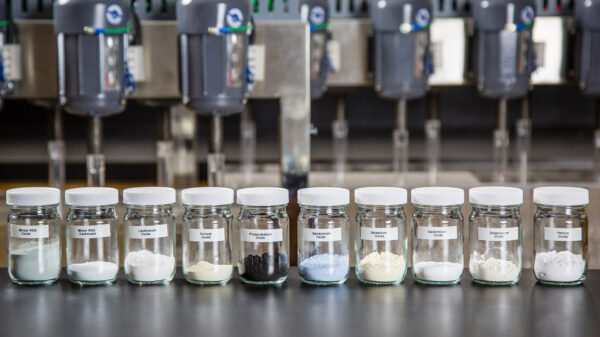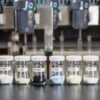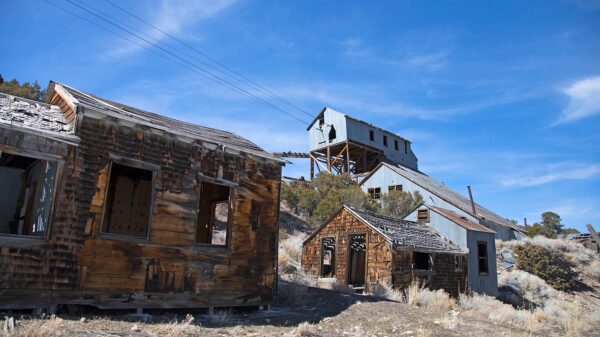Chile agreed to open 26 salt flats to private lithium mining companies on Tuesday, equivalent to 18 per cent of the Chilean salt flats surface area. The Atacama and Maricunga salars, considered to be the nation’s richest resources, will remain under the country’s full control.
Chile aims to increase domestic battery metal production by 70 per cent within the next 10 years. The nation’s finance minister Mario Marcel says allowing private miners to pump lithium brine out of the ground could eventually increase production two-fold.
“For the salt flats located in the regions of Arica and Parinacota, Tarapacá, Antofagasta and Atacama, which are not part of the proposed network of protected salt flats, nor are they defined as strategic, a public and transparent procedure will be carried out,” the Chilean government said in a notice.
The government says this will consist of a call to national and foreign investors to present their interest in exploring and exploiting those lithium deposits. This procedure will commence next month.
The country currently has three major projects under way. One is Sociedad Quimica y Minera de Chile’s (SQM) (NYSE: SQM) joint venture operation in the Atacama salar, which will become majority-owned by Codelco (50 per cent plus one share) in 2025. A second is the Salar Blanco project in the Maricunga salt flat, also run by Codelco. Lastly, there’s the Salares Alto Andinos operation in the Atacama region, which is run by the state’s other company Enami.
The Atacama salt flat holds the world’s highest concentration of lithium-bearing brine. North Carolina’s major chemical producer Albemarle Corporation (NYSE: ALB) is the only other company extracting lithium in that region.
Chile is still in the process of creating a state-owned company specifically dedicated to lithium mining. The nation, which holds the world’s largest reserves of the battery metal, wants to maintain state control while benefitting from partnerships with private entities. As a result, about 49 per cent of lithium production in the country’s salt flats will be state-led.
Approximately 33 per cent of Chile’s salt flats will remain protected and untouched. This preservation is made possible under the Convention on Biological Diversity.
“We have said that our strategy is flexible, it is pragmatic, in order to increase production not only with strong leadership from the state, but also by giving space for private companies to make a contribution,” Chilean economy minister Nicolás Grau said.
#Chile invites private companies to express interest in non-strategic salars. #CTL's LV & FB projects apply to these areas and remain eligible for exploration & exploitation.
Read more here: https://t.co/cjp8kPjYqi pic.twitter.com/DZ1X0Cvh8i
— CleanTech Lithium (@ctlithium) March 27, 2024
Read more: Lithium South installs first production well at largest claim block, prepares for testing
Read more: Lithium South preliminary economic assessment shows optimism for lithium’s future
Chile expects lithium demand to quadruple by decade’s end
The nation has estimated that 1.8 million tonnes of the metal will be required to meet global demands by 2030.
Chile’s eastern neighbour, Argentina, estimates that its rate of lithium production will increase by about 50 per cent by November. Moreover, Argentina’s annual lithium exports are expected to increase immensely in the coming years.
The Lithium Triangle stretching across Chile, Argentina and Bolivia contains over 67 cent of the world’s lithium brine resources.
Argentina’s lithium industry has been beneficial for private mining companies for years. Meanwhile, Chile’s has remained primarily regulated by the state until now.
In addition to Chile’s major companies mentioned above, lithium operators capitalizing on Argentina’s section of the triangle include Lithium South Development Corporation (TSX-V: LIS) (OTCQB: LISMF), Galan Lithium Limited (ASX: GLN) and Ganfeng Lithium (SHE: 002460).
Lithium South Development Corporation is a sponsor of Mugglehead news coverage
rowan@mugglehead.com


